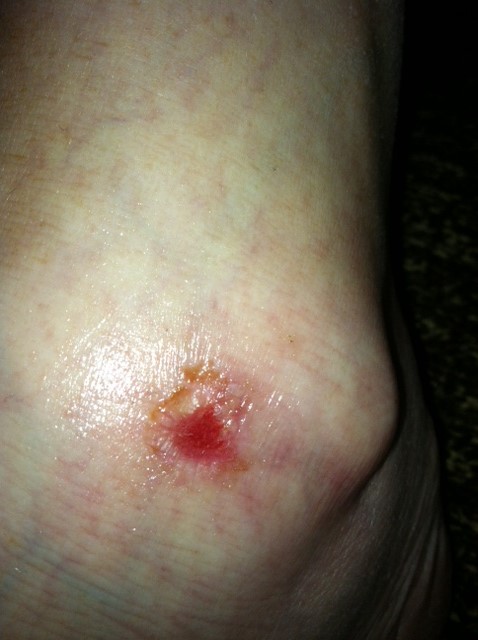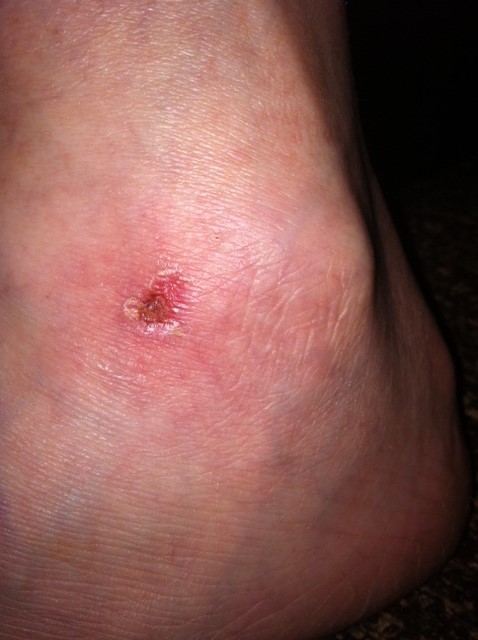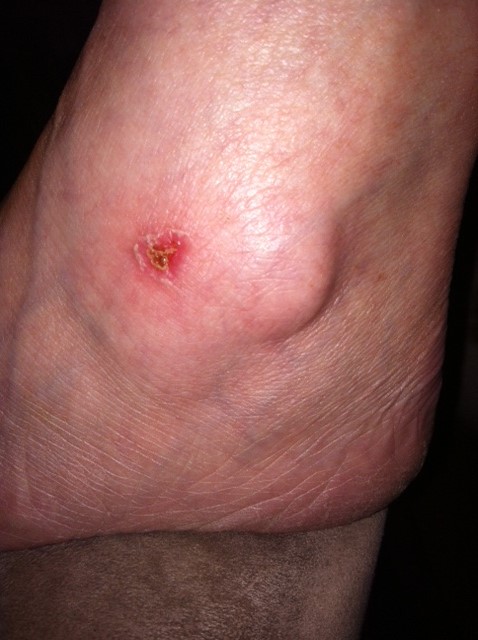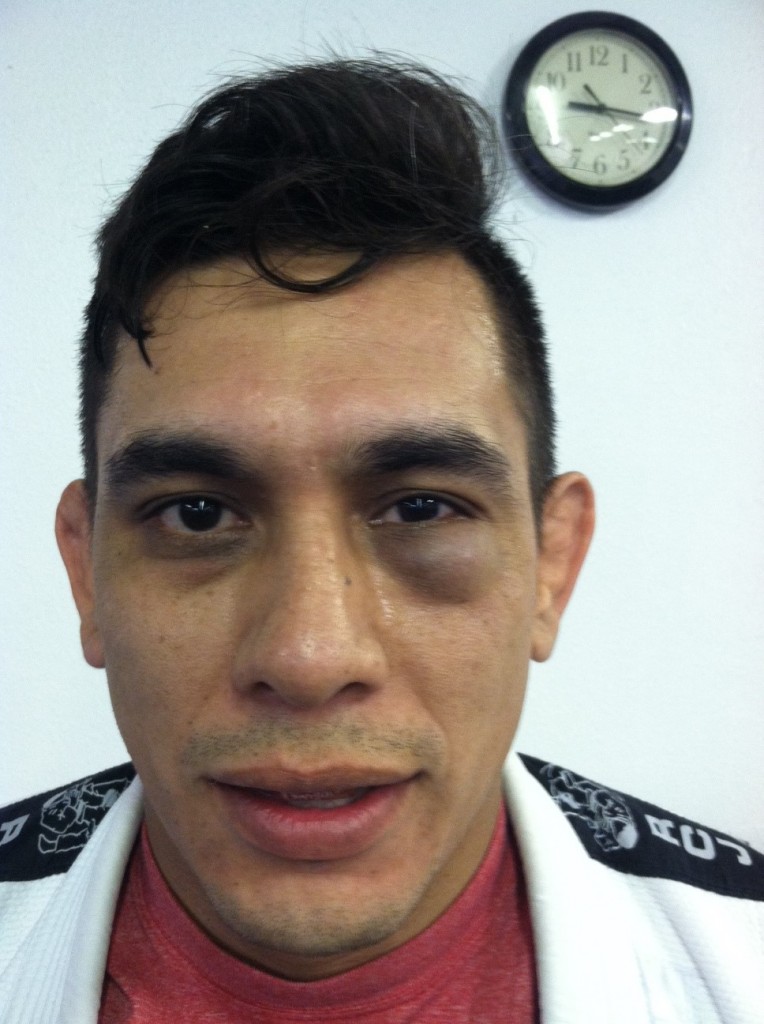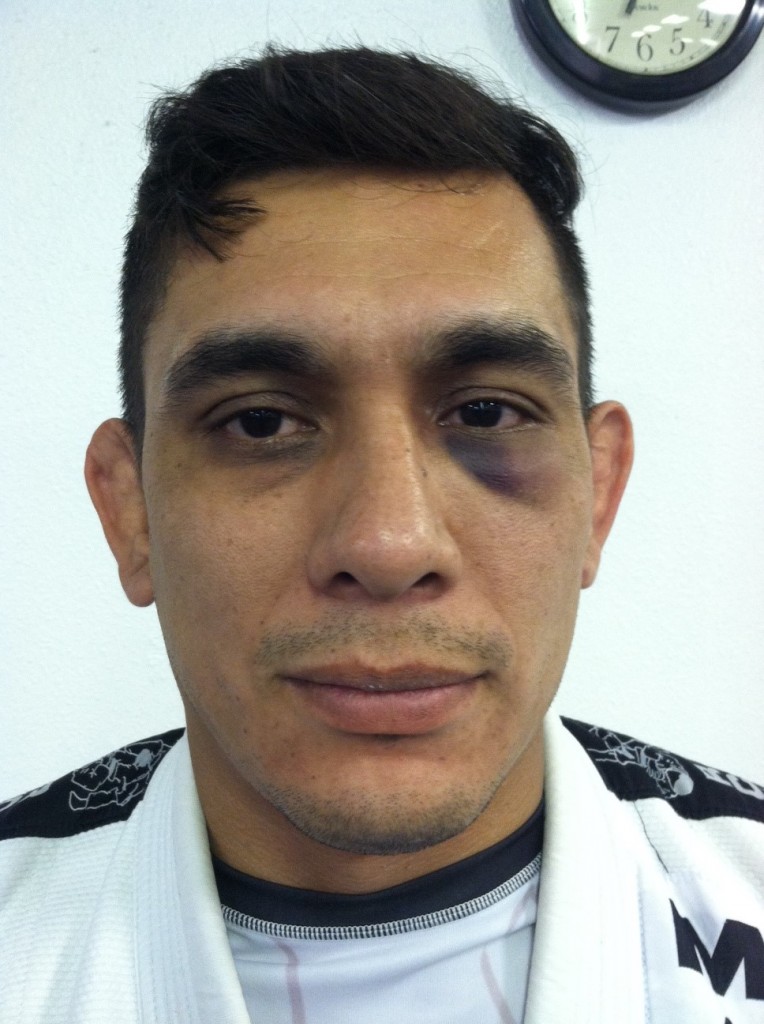Disclaimer: Information within this site is for educational purposes only. The U.S. Food & Drug Administration has not evaluated statements about the product efficacy. These products are not intended to diagnose, treat, cure, or prevent any disease. Consult your physician before using for advice.
Content
1, Burns and Wounds
2. Medical journals essential oils wounds and burns
3. SJMO wound tests
4. Medical references
1. Burns and Wounds
From the website on hospitals and burns, here is a chart to define burns.1
From the same website, here are photos of burn wounds in the first, second and third degree. Burn injury is the destruction of the layers of the skin and associated structures. Burn injury is the destruction of the layers of the skin and associated structures.
What exactly is the healing time for wounds or burns? From sharecare, Dr. Stuard A. Linder, MD (Plastic surgery) defines healing time:
“…Length of healing time for burning wounds to heal depends on the depth and extend of the wound. First-degree burns heal quite quickly in usually less than 3 weeks. Deep second-degree and third-degree burns may require debridement, antibiotic dressing change, and surgical reconstruction with skin grafts or flaps requiring months of healing and rehabilitation. Larger 2nd and 3rd degree burns over 90% fo total body surface area may be fatal if not aggressively treated soon after the incident..”2
All open wounds are contaminated with bacteria, sometimes leading to wound infection which is a scourge to patients and caregivers, with some estimates as high as 30% of wounds affected.3
Development of wound treatment methods were developed in 2001 at the bedside, primarily to provide pain relief in dying patients with painful pressure ulcers. At that time there were no guidelines for palliative wound care, and wound healing was seen as an unrealistic goal of treatment in this patient population.4
What are general pain methods? Studies using lidocaine for burns showed it was safe for topical use on a wound, as long as it is below toxicity level. Nothing in the literature was found to either support or contradict use of lidocaine in the wound bed for pain relief, yet it is known that topical lidocaine can decrease pain.5
2. Medical journals reference to essential oils wounds and burns
Regarding wounds, I researched our oils in the St. Jude’s Miracle oilTM product, and compared them with medical journals on potential EO may have on wounds or burns. What does the NCBI or Pubmed state oils we also have in our product do? Here are medical references regarding the some of the same oils in or product.
This complimentary study also discusses the use of myrrh in wound management.10
Myrrh oil has anti-inflammatory and analgesic activity in wound management.11
Anti-inflammatory and analgesic activity of different extracts of Commiphora myrrha.12
Frankincense was used for symptomatic knee osteoarthritis.14
Pharmacological profile of essential oils derived from Lavandula angustifolia and Melissa officinalis with anti-agitation properties: focus on ligand-gated channels. These properties are similar to those recently reported for Mo. The anti-agitation effects in patients and the depressant effects of La we report in neural membranes in-vitro are unlikely to reflect a sedative interaction with any of the ionotropic receptors examined here. These data suggest that components common to the two oils are worthy of focus to identify the actives underlying the neuronal depressant and anti-agitation activities reported.19
The effect of essential oils on methicillin-resistant Staphylococcus aureus using a dressing model. A combination of Citricidal and geranium oil showed the greatest-anti-bacterial effects against MRSA, whilst a combination of geranium and tea tree oil was most active against the methicillin-sensitive S. aureus (Oxford strain). This study demonstrates the potential of essential oils and essential oil vapours as antibacterial agents and for use in the treatment of MRSA infection.27
Geranium has shown temporary relief of neuralgia pain.28
Clary sage oil may be applied to treat wounds and skin infection.30
Antibacterial and antifungal properties of essential oils.33
3. SJMO wound tests
Before I start, a few things on evidence. Anecdotal trials can be a testimony, a hearsay statement or a claim without backing. Wikepedia defines Anecdotal evidence as considered dubious support of a generalized claim; it is, however, within the scope of scientific method for claims regarding particular instances, for example the use of case studies in medicine.
Scientific method (https://en.wikipedia.org/wiki/Scientific_method)
Wikipedia defines SM as:
- general, the strongest tests of hypotheses come from carefully controlled and replicated experiments that gather empirical data.
- If a particular hypothesis becomes very well supported a general theory may be developed.
- Although procedures vary from one field of inquiry to another, identifiable features are frequently shared in common between them.
- The overall process of the scientific method involves making conjectures (hypotheses), deriving predictions from them as logical consequences, and then carrying out experiments based on those predictions.
- A hypothesis is a conjecture, based on knowledge obtained while formulating the question.
- The hypothesis might be very specific or it might be broad. Scientists then test hypotheses by conducting experiments.
- Under modern interpretations, a scientific hypothesis must be falsifiable, implying that it is possible to identify a possible outcome of an experiment that conflicts with predictions deduced from the hypothesis; otherwise, the hypothesis cannot be meaningfully tested.
- The purpose of an experiment is to determine whether observations agree with or conflict with the predictions derived from a hypothesis.
Below are some interesting tests regarding the Miracle oil product. We have received photos, testimonies, along with general information on the cause and effect regarding using the oil with wounds. These are just tests, for more clinical trials on essential oils please reference the journals below to different research.
Test 1 on wounds
These photos show a wound that were observed in 2014, and Miracle oil was applied around wound, and photos are from a 32 hour timeline.
Photo 1 of wound was taken July 7, 2014 at 12:08pm
Photo 2 of wound was taken July 08, 2014 5:57 AM
Photo 3 of wound was taken July 8, 2014 at 7:55pm
These photos show a wound that was observed, and Miracle oil was applied around wound, and photos are from a 32 hour timeline. Below are photos of a an abrasion from wikipedia, which has nothing to do with this product or our research, it is simply an independent comparison on a similar wound. You can see the normal time for abrasions take quite a while, and even after 14 days, the wound below from wikipedia is still not healed after. (https://en.wikipedia.org/wiki/Abrasion_(medical)
Photo 1, 32 minutes after injury, Photo 2 day, 19 hours after injury, Phoro 3 14 days after injury.
SJMO test shows after after 32 hours, wound is not bleeding, sealed, and healing.
Wound comparison from Wikipedia show 14 DAYS, wound has not healed, and is still clearly inflamed, even showing bright redness around wound.
Test 2 on wounds
Here my student Mauricio obtained a black eye. The hematoma is clear, yet we applied the oil. 22 hours and 22 minutes later, the hematoma is gone. You can also compare the authenticity of the photo noticing the black eye is still fresh and dark, and has not faded out to a lighter color when healed after a week or so. Standard RICE therapy for 7-10 days is the usual therapy. What is the standard therapy and healing time according to WebMD?
“…Besides icy treatment, there’s not much that can be done for a black eye except avoid doing anything that could cause further injury, such as putting pressure on the swollen eye or trying to force it open. If you need a pain reliever, take aspirin or acetaminophen…” (Tylenol) – WebMD
Photo 1, 1 9:17pm May 19, 2015
Photo 2, 6:55pm May 20, 2015
Test 3 on wounds
The two photos below are an eye wound. The clear tear in the eyelid area needed a few stitches. If you ever have any wound, please see your physician or ER immediately. Do not use our models for reference as a means of treating yourself. The oil was applied around the wound for five days. After approximately 45 minutes, the wound stopped bleeding and began to seal.
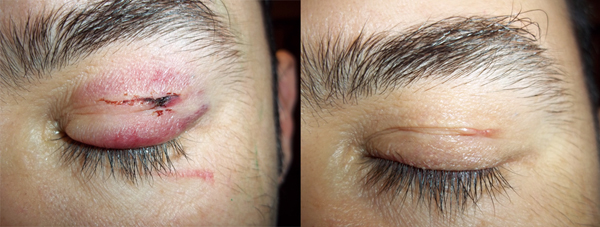
Day one Day five
Test 4 on wounds
I had one of my children’s parents contact me. Her son had burned his leg on a motorcycle and had an impressive deep 2nd degree burn. She notified me that her Medical Doctor was concerned and stated he was to be without any activity for almost two months. I have a copy of the doctor’s letter, and antibiotics and gauze changing were a mandatory requirement. If it were to be infected, an immediate visit to a local ER or appointment was required to not allow the infection to spread. She used the oil and within a day the pain was reduced and within three days it was very manageable. In 10 days she posted photos on our facebook page which showed impressive results. Her final post shows day one, day 10 and day 20, which you can barely even see there was a burn. I would like more clinical trials, and perhaps we can do more to explore the effects of the oils.

You can read the parent’s post on our facebook page:
https://www.facebook.com/photo.php?fbid=1505322029774466&set=gm.952901314789768&type=3&theater
Upon researching essential oils that are also in our product, what do the medical journals say? Is there any scientific research to gear for future clinical trials on a more formal level than tests? The ever watchful FDA has a purpose. There are many claims of new cures, or product sales more than research. There is a valid reason the FDA regulates quick cures, or what we know take advantage of those concerned medically. We do not do that. We do not make claims of cures, or anything that prescribes medicine. More research is needed, and we always look forward to future clinical trials. More formal research and trials we aspire for.
William Vandry
4. Medical references
- http://hospitals.unm.edu/burn/classification.shtml
- https://www.sharecare.com/health/skin-burn-treatment/how-long-take-burn-heal
- Lindholm C. Pressure Ulcers and Infection-Understanding Clinical Features. Ostomy Wound Manage. 2003;49(5): 4-7. – See more at: http://www.woundsresearch.com/article/palliative-wound-treatment-promotes-healing#sthash.gcCu3Nsi.dpuf
- Rinne C. Laying the foundation: the multidisciplinary approach to program development. Paper presented at: Southwest Missouri State University, Four-Day Wound Management Workshop; September 2001; Warrensburg, MO. – See more at: http://www.woundsresearch.com/article/palliative-wound-treatment-promotes-healing#sthash.gcCu3Nsi.dpuf
- Christensen T, Thorum T, Kubiak E. Lidocaine analgesia for removal of wound vacuum-assisted closure dressings: a randomized double-blinded placebo-controlled trial. J Orthop Trauma. 27(2):107-112 – See more at: http://www.woundsresearch.com/article/palliative-wound-treatment-promotes-healing#sthash.gcCu3Nsi.dpuf
- Mathieu et al., 2006; Menke et al., 2007
- Wintergreen essential oil same as birch? www.experience-essential-oils.com/wintergreen-essential-oil.html. – See more at: http://www.woundsresearch.com/article/palliative-wound-treatment-promotes-healing#sthash.gcCu3Nsi.dpuf
- Curr Med Chem. 2003 May;10(10):813-29.Antibacterial and antifungal properties of essential oils. Kalemba D, Kunicka A.SourceInstitute of General Food Chemistry, Technical University of Lodz, Poland.
- Effect of myrrh (Commiphora molmol) on leukocyte levels before and during healing from gastric ulcer or skin injury http://www.ncbi.nlm.nih.gov/pubmed/19995243
- Integrating complementary and alternative medicine: use of myrrh in wound management. Walsh ME 1, Reis D, Jones T. http://www.ncbi.nlm.nih.gov/pubmed/20709267
- Analgesic, anti-inflammatory and anti-hyperlipidemic activities of Commiphora molmol extract (Myrrh), http://www.ncbi.nlm.nih.gov/pmc/articles/PMC4576796/
Anti-inflammatory and analgesic activity of different extracts of Commiphora myrrha. http://www.ncbi.nlm.nih.gov/pubmed/21167270
- Anti-inflammatory and analgesic activity of different extracts of Commiphora myrrha. Source: Jiangsu Key Laboratory for TCM Formulae Research, Nanjing University of Chinese Medicine, Nanjing 210046, PR China.,
- A review of the efficacy of traditional Iranian medicine for inflammatory bowel disease. World J Gastroenterol. 2010;16:4504–14. http://www.ncbi.nlm.nih.gov/pmc/articles/PMC3924999/
- Chopra A, Saluja M, Tillu G, Sarmukkaddam S, Venugopalan A, Narsimulu G, et al. Ayurvedic medicine offers a good alternative to glucosamine and celecoxib in the treatment of symptomatic knee osteoarthritis: A randomized, double-blind, controlled equivalence drug trial. Rheumatology (Oxford) 2013;52:1408–17. http://www.ncbi.nlm.nih.gov/pmc/articles/PMC4175880/
- The influence of essential oils on the process of wound healing: a review of the current evidence http://www.ncbi.nlm.nih.gov/pubmed/17722522
- Biological activities of lavender essential oil. http://www.ncbi.nlm.nih.gov/pubmed/12112282
- A Comparison Study of Growth Factor Expression following Treatment with Transcutaneous Electrical Nerve Stimulation, Saline Solution, Povidone-Iodine, and Lavender Oil in Wounds Healing http://www.ncbi.nlm.nih.gov/pubmed/23861704
- All-natural composite wound dressing films of essential oils encapsulated in sodium alginate with antimicrobial properties. http://www.ncbi.nlm.nih.gov/pubmed/24211443
- http://www.ncbi.nlm.nih.gov/pubmed/18957173
- http://www.ncbi.nlm.nih.gov/pubmed/21168115
- The antimicrobial activity of high-necrodane and other lavender oils on methicillin-sensitive and -resistant Staphylococcus aureus (MSSA and MRSA). http://www.ncbi.nlm.nih.gov/pubmed/19249919
- Pharmacological profile of essential oils derived from Lavandula angustifolia and Melissa officinalis with anti-agitation properties: focus on ligand-gated channels. http://www.ncbi.nlm.nih.gov/pubmed/18957173
- Hajhashemi, V., Ghannadi, A., & Sharif, B. (2003). Anti-inflammatory and analgesic properties of the leaf extracts and essential oil of lavandula angustifolia mill. Journal of Ethnopharmacology, 89(1), 67-71.(Lavender), http://www.sciencedirect.com/science/article/pii/S0378874103002344
- Pain relief assessment by aromatic essential oil massage on outpatients with primary dysmenorrhea: a randomized, double-blind clinical trial. http://www.ncbi.nlm.nih.gov/pubmed/22435409
- Pain relief assessment by aromatic essential oil massage on outpatients with primary dysmenorrhea: a randomized, double-blind clinical trial. Ou MC, Hsu TF, Lai AC, Lin YT, Lin CC. SourceDepartment of Applied Cosmetology, Hungkuang University, Taichung, Taiwan. michelle.ouou@gmail.com, http://www.ncbi.nlm.nih.gov/pubmed/?term=Pain+relief+assessment+by+aromatic+essential+oil+massage+on+outpatients+with+primary+dysmenorrhe
- The antibacterial activity of geranium oil against Gram-negative bacteria isolated from difficult-to-heal wounds http://www.ncbi.nlm.nih.gov/pubmed/24290961
- http://www.ncbi.nlm.nih.gov/pubmed/15555788
- Greenway, f, Frome & Engels, T. (2003). Temporary relief of postherpetic neuralgia pain with topical geranium oil. American J of Medicine, 115, 586-587.
- The antibacterial activity of geranium oil against Gram-negative bacteria isolated from difficult-to-heal wounds. http://www.ncbi.nlm.nih.gov/pubmed/24290961
- The effect of clarysageoil on staphylococci responsible for wound infections. http://www.ncbi.nlm.nih.gov/pubmed/?term=Wounds+clary+sage+oil
- Pain relief assessment by aromatic essential oil massage on outpatients with primary dysmenorrhea: a randomized, double-blind clinical trial. http://www.ncbi.nlm.nih.gov/pubmed/22435409
- Antifungal activity of the clove essential oil from aromaticum on Candida, Aspergillus and dermatophyte species Euge´ nia Pinto,1 Luı´s Vale-Silva,1 Carlos Cavaleiro2 and Lı´gia Salgueiro2, http://www.ncbi.nlm.nih.gov/pubmed/19589904
- SAA no. 8
- Phytochemical composition of Cymbopogon citratus and Eucalyptus citriodora essential oils and their anti-inflammatory and analgesic properties on Wistar rats. Gbenou JD, Ahounou JF, Akakpo HB, Laleye A, Yayi E, Gbaguidi F, Baba-Moussa L, Darboux R, Dansou P, Moudachirou M, Kotchoni SO. SourceLaboratoire de Pharmacognosie et des Huiles Essentielles, Faculté des Sciences de la Santé, Faculté des Sciences et Techniques, Université d’Abomey Calavi, 01 BP 918, Cotonou, Benin. http://www.ncbi.nlm.nih.gov/pubmed/?term=ical+composition+of+Cymbopogon+citratus+and+Eucalyptus+citriodora+essential+oils+and+their+anti-inflammator
- http://www.ncbi.nlm.nih.gov/pmc/articles/PMC3609378
- Agrawal, A.K. 1997. Therapeutic efficacy of a herbal gel for skin affections in dogs. Indian Veterinary Journal, 74 (5): 417-419.
Further research into the efficacy, safety, optimal uses, and standardization of herbal remedies is clearly needed. Inhibiting factors in the United States include the nonpatentability of herbal materials in a system in which the typical costs of double-blind testing for Food and Drug Administration (FDA) approval of drugs range in the millions of dollars, requiring patentability for private enterprises to attain a profit. Since herbal remedies currently remain in the category of dietary supplements, a different mechanism of funding for research is needed. The funding for complementary and alternative medicines research provided through the National Institutes of Health is meager compared with private and public funding of research for conventional drugs.


